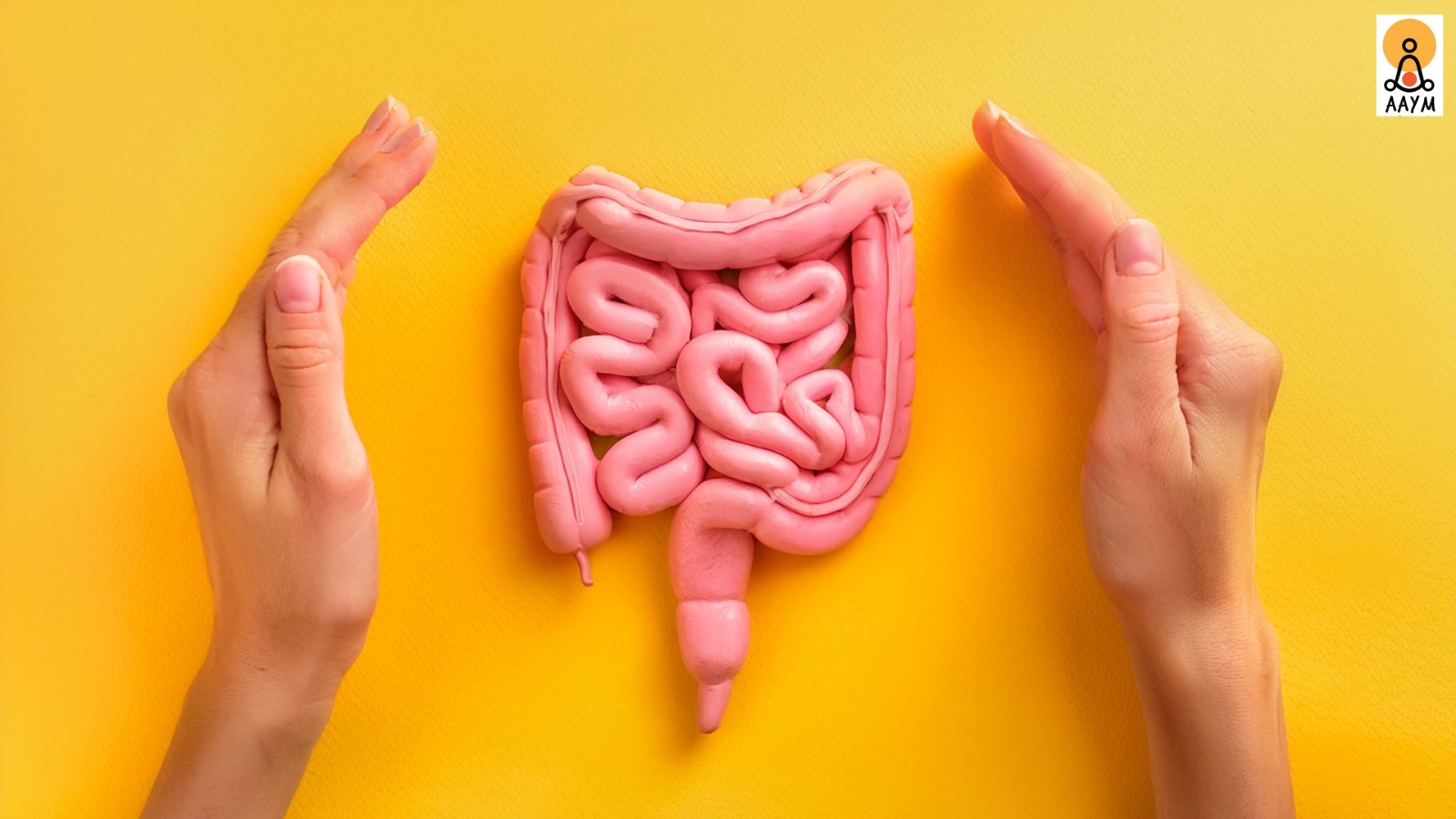Have you ever thought about the unsung hero of your diet? Spoiler alert: it’s fiber! You might not think much about this superstar nutrient, but it keeps your digestive system running smoothly. Let’s dive into why fiber is essential and how to boost your intake quickly.
What Is Fiber, Anyway?
Fiber is a unique type of carbohydrate that your body can’t digest. You read that correctly—your body can’t break it down! So why is it so important? Because, despite being indigestible, fiber helps keep your digestive system healthy and happy. It’s like the broom that sweeps through your intestines, helping everything move smoothly.
How Does Fiber Help You?
- Promotes Regularity: Have you ever had those days when your stomach feels like a rock? Fiber helps prevent constipation by adding bulk to your stool, making it easier to pass.
- Stabilizes Blood Sugar: Fiber slows digestion, which helps keep your blood sugar levels steady. You’re less likely to experience those dreaded energy crashes after meals.
- Feeds Your Gut Bugs: Believe it or not, your gut is home to trillions of tiny microbes—think of them as your gut guardians. These microbes thrive on fiber and help with digestion, energy production, and even immune support. Dr. Eamonn Quigley, a top gastroenterologist, explains that a healthy microbiome protects you from harmful bacteria. “Your immune system learns to coexist with these microbes,” he says.
Are You Getting Enough Fiber?
Here’s the kicker: many of us aren’t getting enough fiber in our diets. Studies show that fiber intake today is much lower than it was for our ancestors, mainly because of processed foods and fast meals that dominate our plates.
So, how much fiber do you need? Here’s a quick breakdown:
- Women (19-50 years): 25 grams
- Men (19-50 years): 38 grams
- Women (51+ years): 21 grams
- Men (51+ years): 30 grams
Most Americans only consume about 10 to 15 grams daily. That’s not enough! Dr. Quigley warns that a low-fiber diet can have serious long-term effects, especially if it starts during childhood. If you feed your gut junk, you’re starving the good bacteria that keep you healthy.
Simple Ways to Boost Your Fiber Intake
Now that we know how important fiber is, how do you get more of it in your diet? It’s easier than you might think! Here are some simple and tasty ways to boost your fiber intake:
- Choose Whole Foods Over Processed: Grab a whole fruit instead of reaching for fruit juice. It’s packed with fiber and way healthier!
- Make the Switch to Whole Grains: Ditch the white bread and pasta for whole grain versions. Look for labels that say “whole grain” or “whole wheat” as the first ingredient.
- Sneak in the Fiber: Add 1-2 tablespoons of nuts or seeds to your morning cereal, toss some diced veggies into your favorite casserole, or swap out meat for beans in your soups.
- Snack Smart: Instead of chips, munch on fresh fruits, raw veggies, or whole grain crackers. Low-fat popcorn is also a tremendous fiber-rich snack!
- Hydrate, Hydrate, Hydrate: Don’t forget to drink plenty of water! Fiber works best when it absorbs water, making stool soft and easy to pass.
Understanding Different Types of Fiber
Not all fiber is created equal. You should know two main soluble and insoluble fiber types, which are essential for your health.
- Soluble Fiber: This type dissolves in water and can help lower cholesterol and blood sugar levels. You’ll find soluble fiber in oats, apples, nuts, and beans.
- Insoluble Fiber: This fiber doesn’t dissolve in water and adds bulk to your stool, helping food move through your digestive system. Good sources include whole grains, green beans, and vegetables like carrots and potatoes.
Tips for a High-Fiber Diet
Want to make fiber a regular part of your meals? Here are some practical tips to help you get started:
- Kickstart Your Day: Choose a high-fiber breakfast cereal. Aim for at least 5 grams of fiber per serving. Look for options with “whole grain” or “bran” in the name.
- Bake Better: When making your favorite baked goods, swap half-white flour for whole-grain flour. Add oats or bran for an extra fiber boost.
- Lean on Legumes: Beans, lentils, and peas are fantastic sources of fiber. Toss kidney beans into soups, or enjoy a hearty lentil salad.
- Fruits and Veggies Galore: Aim to eat at least five servings of fruits and vegetables daily. They’re not just nutritious; they’re delicious!
Fiber Supplements: A Quick Fix?
While fiber supplements can help, they shouldn’t be your primary source of fiber. Whole foods offer a variety of nutrients that supplements can’t match. If you’re considering a fiber supplement, it’s best to consult with a healthcare provider first.
The Bottom Line
Recognizing the connection between fiber and a healthy gut is a game-changer for your overall well-being. A thriving gut supports digestion and enhances your immune system and energy levels. Remember, it’s all about progress, not perfection. Start small, gradually change, and watch how your body thanks you. Your gut will be happier, and so will you!

